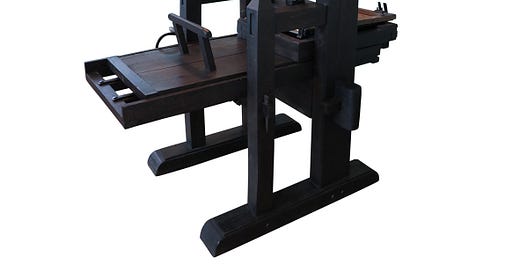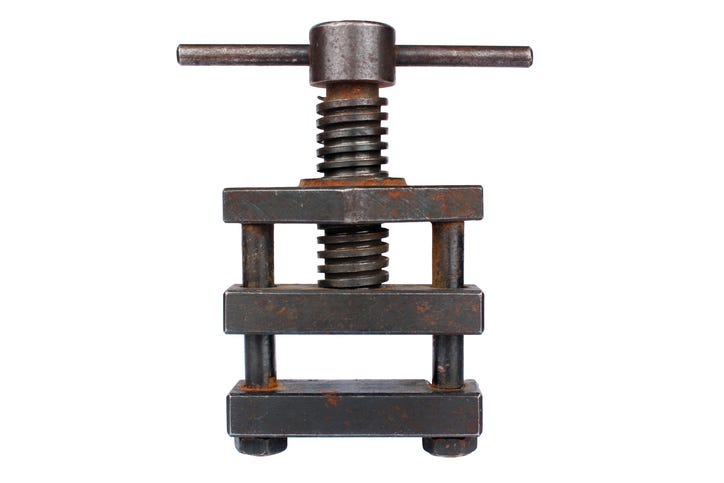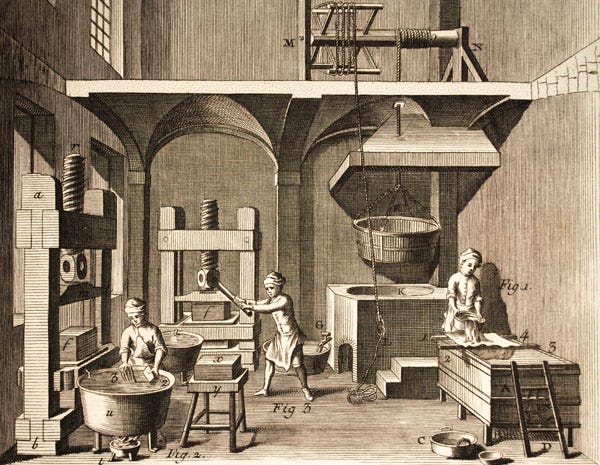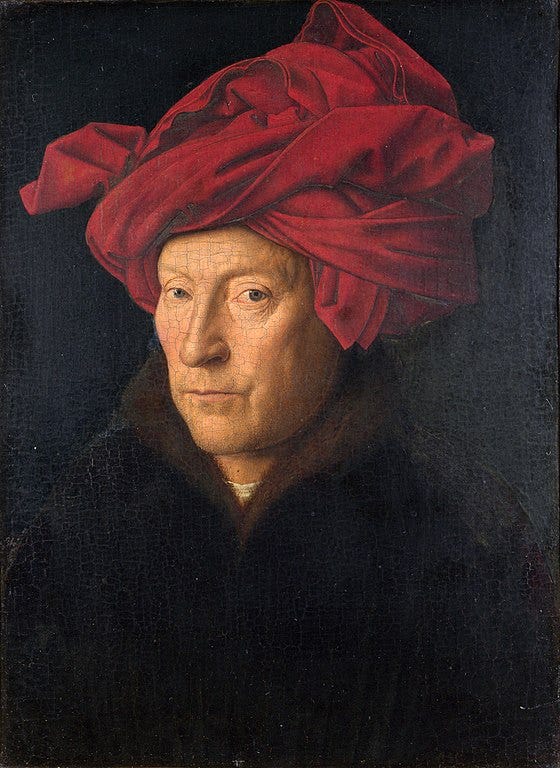Why Was the Printing Press Not Invented in China?
What cultural, technological and economic conditions allowed Europeans to develop the printing press first?
Why didn't the printing press get developed in China when it had such a major technological lead over the West? From the time the Chinese mastered paper-making, it took over 1300 years before Europeans acquired the same skill.
It is always tempting for people with an overly patriotic zeal to explain such differences in terms of things like "we were just so much more clever." Such explanations are silly. Instead, we need to dig deeper to uncover the root causes. The Gutenberg printing revolution was based on several components:
A screw press to imprint the ink covered metal letters onto a sheet of paper.
An oil-based ink specifically tailored to printing.
A special lead, tin, and antimony alloy to cast perfect duplicates of characters quickly.
What hindered China from developing each of these components of a printing system? Alternatively, we could ask what circumstances favored Europe?
The Missing Chinese Screw Press
It may come as a surprise to you, but neither screws nor nails were known in China when Europeans arrived in the late 16th century. This is an important fact because a screw press is essentially a large screw. It was not a new invention in the time of Gutenberg. In fact, it had been widely used in Roman times for pressing grapes and olives.
If we look at old illustrations of paper making during the Dutch golden age, we will find that screw presses were used extensively to press sheets of paper. In other words, if Gutenberg was into developing printing, he must have been exposed to the use of screw presses in paper making. Thus, a key component of the Gutenberg printing press had many possible sources of inspiration within Europe.
Chinese paper making did not work in this manner and could thus not have inspired somebody looking into developing a printing press in China.
By why were Europeans familiar with screws? There is no clear answer to that. I would speculate that it naturally evolved from the Archimedes' screw, which Archimedes described as being used in Egypt in 234 BC. The archimedes screw was extensively used around in Europe to lift water from a lower point to a higher point. For instance, the Netherlands was created to a large extent from windmill powered archimedes screws pumping out water and reclaiming land.
Why No Oil-Based Ink?
If one looks at traditional Chinese art one will notice that it is based on water color rather than oil paint as is common in European art history. Oil color evolved over a long time in Europe. It is hard to know when it began, but there are recordings by German monk Theophilus, in the 12th century, warning against paint recipes including olive oil. The reason is that such oil paint would dry incredibly slowly. The real revolution in oil painting came with Flemish painter Jan van Eyck in 1410, who developed oil paint which would dry quickly.
Thus, Gutenberg had a tradition of oil paint to draw from when developing his ink, which Chinese printers lacked. Gutenberg's oil based ink would stick to metal types better than water based ink.
Keep reading with a 7-day free trial
Subscribe to Erik Examines to keep reading this post and get 7 days of free access to the full post archives.








